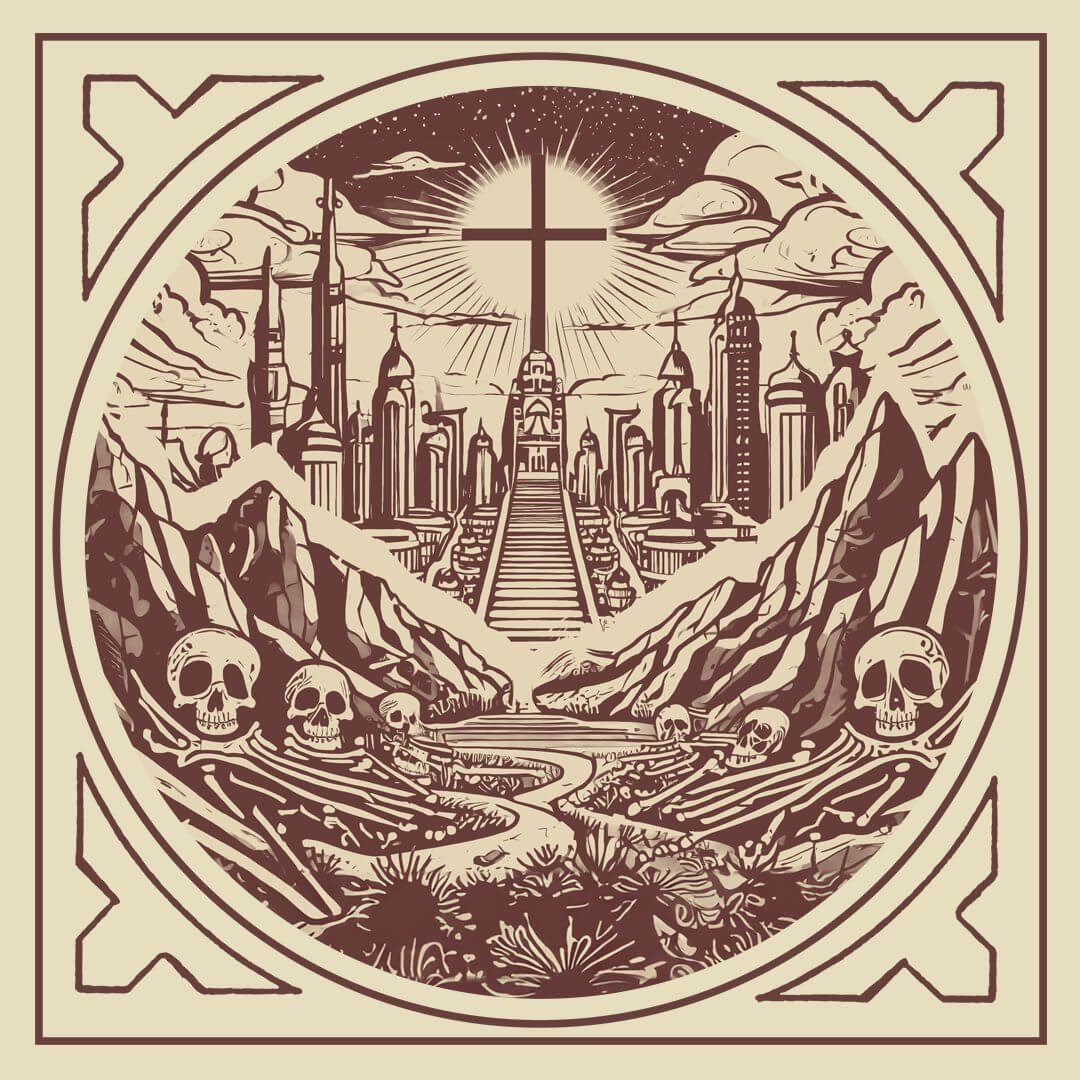
Living in the ‘Already’ and ‘Not Yet’: The Dual Reality of God’s Kingdom
The Paradox of the ‘Already and Not Yet’
In the movie ‘Star Wars: Episode VI – Return of the Jedi,’ a pivotal scene unfolds when Luke Skywalker meets Obi-Wan Kenobi on the mystical Dagobah system. Facing a tumultuous truth, Luke confronts Obi-Wan about a past deception. He discovers that Darth Vader, whom he had thought to be his father’s murderer, is, in fact, his father. Obi-Wan justifies his earlier statement by saying, ‘What I told you was true, from a certain point of view.’ This revelation seems to be a contradiction. However, for Obi-Wan, both perspectives were true: Vader killed Anakin, Luke’s father, and Vader is Anakin, Luke’s father. New Testament scholar George Eldon Ladd makes a similar point in his articulation of the ‘already and not yet.’ This theological concept explains how Jesus has brought the kingdom, yet the kingdom is still coming. This can appear to be a contradiction, yet both are true, from a certain point of view.
Understanding the ‘Already’ Aspect of God’s Kingdom
The ‘already’ aspect of God’s kingdom, as articulated by Ladd, reflects the transformative work initiated by Jesus Christ’s first coming. This phase marks the inauguration of the new covenant, the dynamic outpouring of the Holy Spirit, and the establishment of the church as Christ’s body. These developments signify the commencement of God’s promises being fulfilled and the partial manifestation of His kingdom on earth. Believers, through Christ, experience redemption, reconciliation, and the intimate presence of the Holy Spirit, embodying the partial realization of the kingdom in their lives.
The ‘Not Yet’ and the Future Hope
Yet, this is juxtaposed with the ‘not yet’ aspect, which acknowledges the future completion of God’s kingdom. While Christ’s victory over sin and death is decisive, the total eradication of sin, suffering, and death, along with the ultimate restoration of all creation, awaits fulfillment. This anticipated future encompasses Christ’s second coming, the final judgment, the resurrection of the dead, and the creation of a new heaven and earth where God’s presence will be fully realized. This theological tension mirrors our personal journey: we are sanctified sinners, living in a reality marred by death and decay, yet also encompassed by life, glory, and victory through Christ.
This duality is the reason for the two crowns in the King’s Fellowship’s logo, reflecting our current state of living in the ‘already’ and the ‘not yet’—a life of struggle represented by the crown of thorns and triumph represented by the King’s Crown.
Living in the Tension of the ‘Already and Not Yet’
The kingdom is here, and because the kingdom is here, you and I will conquer in His name. We will see demons flee, we will see the Gospel conquer human hearts, we will see the captive liberated, and sight return to the blind. And the kingdom is ‘not yet.’ We will see poverty affecting our city, sickness and death plague our family and friends. And it is good and right to long for the kingdom’s final arrival as we suffer in this life. The kingdom is here, and the kingdom has not yet come; both are true, from a certain point of view.
Balancing the Present and the Future in Faith
Like Abraham, we are called to accept the fallen state of things, not living in delusion or ignorance of the world we actually live in (Romans 4:19). Simultaneously, we are not to fixate on the ‘not yet’ but we are to fix our eyes on the ‘already’ (Colossians 3:1-4). This tension is hard to balance, but as pilgrims in this kingdom, and as ambassadors of another kingdom, we have a responsibility to live in eager expectation of God’s supernatural breakthrough, while trusting Him through the pain and the sorrow. The kingdom is here, and the kingdom is not yet here, both are true, from a certain point of view.
